Oct 25, 2022
How to write a paragraph
A paragraph is made up of a topic sentence, the developing details, and a concluding sentence.
Topic Sentence:
The topic sentence expresses the main point of the paragraph. The topic sentence is typically the first sentence of the paragraph. It helps your reader to understand what the topic of your paragraph is going to be. The purpose of the topic sentence is to state the main point of the paragraph and to give the paragraph a sense of direction.
Adequate Development
It is important to fully develop and discuss the topic of your paragraph. If your paragraph is only 2-3 sentences, there is a good chance that you have not developed it enough.
Here are some ways you can develop and support your topic:
1. Use examples
2. Tell a story illustrating the idea
3. Compare and Contrast
4. Give data (such as facts, statistics, etc)
Concluding Sentence:
The concluding sentence is the ending line of the paragraph. It should restate the main idea of the paragraph.
A good way to think of a paragraph and how it is structured is like a sandwich. The topic sentence is the top layer of bread, the concluding sentence is the bottom layer, and all of the developing details in-between are the meat and other goods of the sandwich.

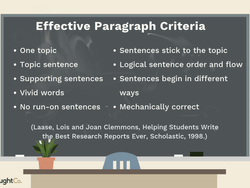

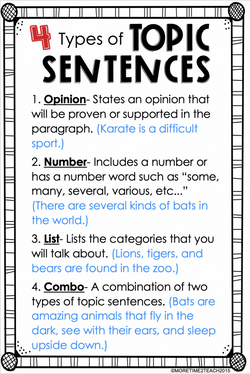
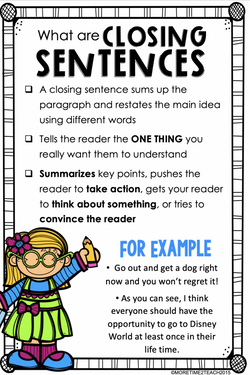
When to Start a New Paragraph
It can be difficult to know when to start a new paragraph sometimes. Typically, if you find yourself beginning to transition to a new idea, it is best to start a new paragraph.
Here are some other times when you may want to start a new paragraph:
To contrast information
To break up dense text—long paragraphs can be taxing to the reader. When you find that your paragraph is exceeding a page, you may wish to start thinking of ways to separate that paragraph into smaller paragraphs. First, look for areas that start new ideas and split the paragraph there
The Transition Sentence
This is where the writer relates the ideas in the current paragraph to what is coming in the next. Transition words like "next," "however," "first," "second," and "in addition" are useful.
Paragraph hooks - which are finding a keyword or phrase in the current paragraph and "hooking" or linking it to a similar word or phrase in the next - can also be useful.
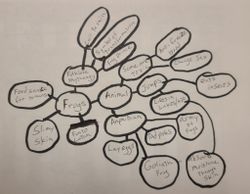
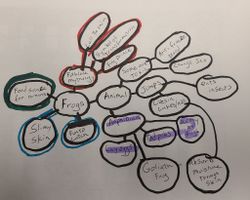
The life cycle of the frog is very interesting. Frogs hatch from eggs in the water, and are called tadpoles, they spend the first half of their lives living in the water breathing through gills. As they develop over time they slowly grow arms and legs and lose their tails. As they reach maturity their gills there gills disappear and they develop lungs to breathe air. They soon leave the water to eat and mate beginning this fascinating cycle all over again.
Frogs have had a long history in human folklore and stories, and
throughout history people have come to believe many things about them. Because of its unique lifecycle the frog has become a symbol of transformation to some cultures. In ancient Egypt the annual flooding of the Nile would bring forth millions of frogs, and because of this the frog symbolized fertility to the Egyptian people. Frogs are very sensitive to moisture changes in the air as a result they tend to be ore active and vocal before during and after rain so people have come to believe that frogs can call the rain. Frogs have graced the pages of many story books such as the story of the frog prince, a tale of transformation from frog to prince with a kiss. It is safe to say that frogs have been a part of our folklore for thousands of years and will probably be for thousands more.
When I was young I spent many a days scouring the banks of the pond behind my house for frogs. I would spend hours giggling and splashing around to catch my prize , only to be grossed out by the slimy cold skin of my tiny little captive. perhaps it was the thrill of the hunt I loved so much, or maybe it was the satisfaction of have the elusive hopping prey in my grasp. One thing is certain, catching frogs is fun.
By undefined
15 notes ・ 233 views
English
Upper Intermediate